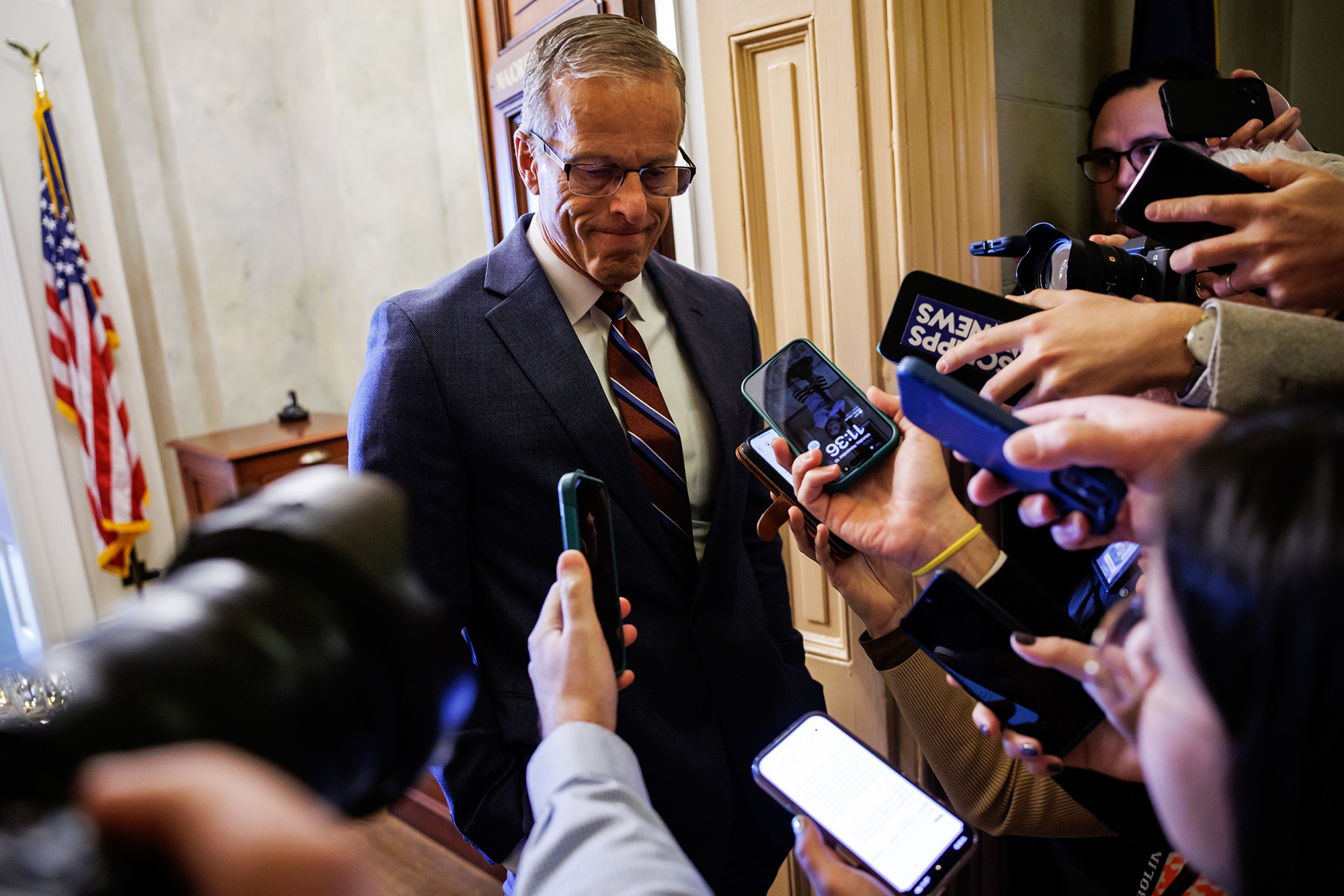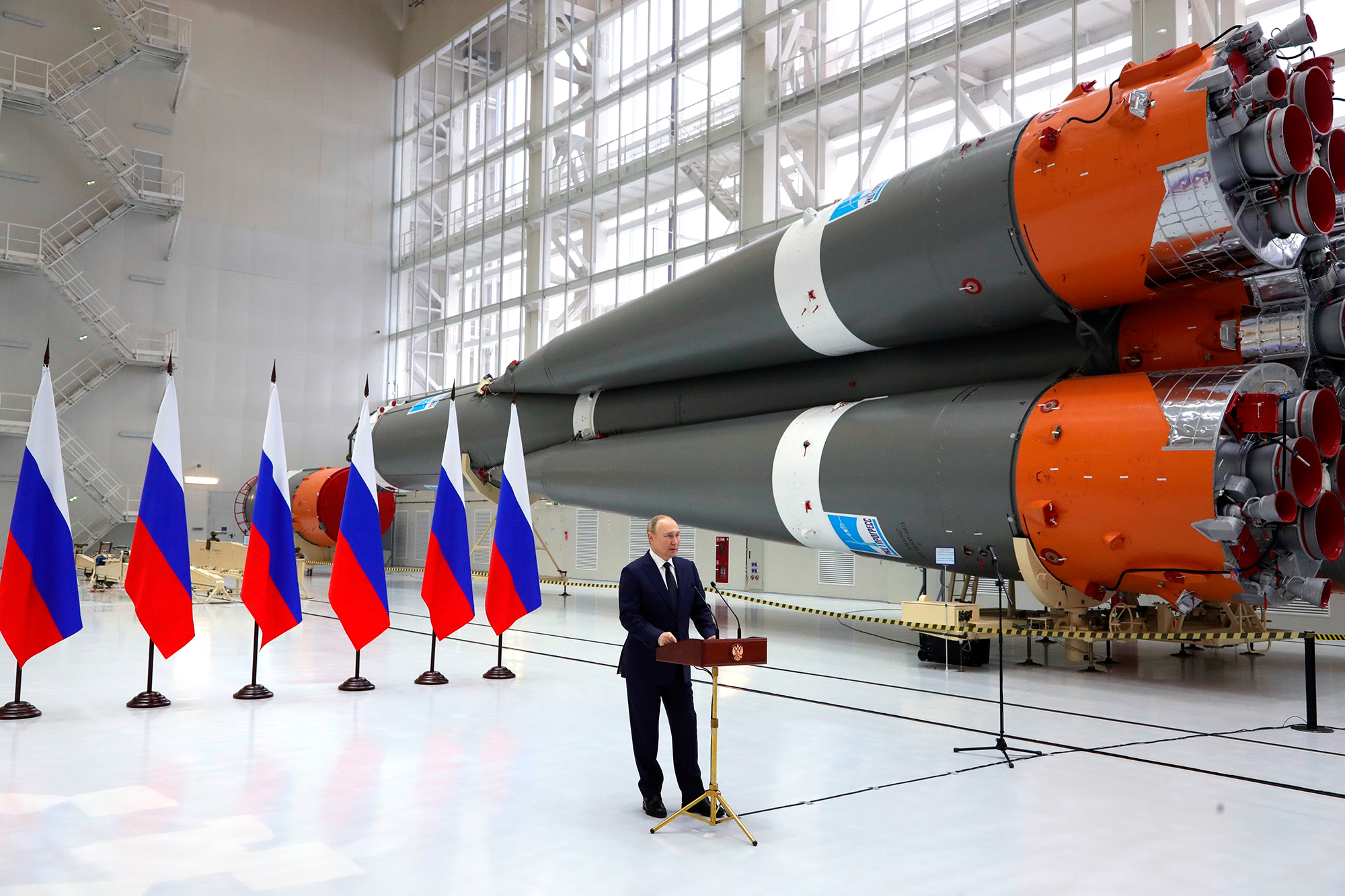The Islamic Revolutionary Guard Corps (IRGC) was founded in 1979, just after the Islamic Revolution, as a counterweight to Iran’s regular military. It was created to defend the new theocratic regime – not the country. Today, it is the most powerful force in Iran, reporting directly to Supreme Leader Ali Khamenei, not the notionally elected government. Thanks to its unique influence, the IRGC has become a military, political, and economic empire that drives Tehran’s foreign policy and suppresses dissent at home.
A Military Power
The IRGC commands at least 150,000 personnel and operates multiple service branches, including its own ground forces, navy, aerospace division, and the elite Quds Force – akin to an Iranian Special Forces. The Basij militia, also under IRGC control, adds tens of thousands more active members to its ranks. The IRGC Navy has a significant presence in the Persian Gulf, where it frequently confronts U.S. and allied naval forces.
It controls Iran’s ballistic missile arsenal, plays a central role in the nuclear program, and oversees the security of nuclear facilities. The Quds Force is responsible for operations abroad, training and arming proxy militias across the Middle East.
A Political Heavyweight
The IRGC is not just a military actor but a political juggernaut too. Former officers now hold key positions in the cabinet, judiciary, and provincial governorships.
The IRGC also plays a heavy role in internal surveillance, media control, and judicial enforcement. It often outranks the elected president in terms of real influence, acting as the regime’s primary enforcer and power broker. For many years, that role was personified by Qassem Soleimani, who led the Quds Force. Soleimani was not only the architect of Iran’s foreign proxy network but also a key figure in suppressing dissent in Iran. In January 2020, the United States killed Soleimani in a targeted drone strike in Baghdad.
An Economic Empire
Iran’s largest economic cartel is not a private company, but the IRGC. It controls massive swaths of the economy, including construction, energy, banking, shipping, and consumer goods. The Guard secures no-bid contracts for major infrastructure and oil projects through a maze of front companies. Precise figures on its wealth are difficult to determine due to the clandestine nature of its operations, but estimates suggest the IRGC’s economic activities could be worth tens of billions of dollars.
The IRGC has also mastered the art of sanctions evasion. It profits from illicit oil sales, particularly to China, and runs black-market operations that generate billions in revenue annually. These funds support domestic crackdowns and foreign militant proxies.
A Regional Puppet Master
The IRGC’s Quds Force is the engine behind Iran’s regional influence. It trains and supplies groups like Hezbollah in Lebanon, Hamas in the Palestinian territories, Iraqi Shia militias, the Syrian regime, and the Houthis in Yemen. The IRGC was also directly implicated in the Iranian assassination plot against President Trump last fall.
For years, this network grew in size and capability despite years of sanctions. Iran refers to it as the “axis of resistance” – a regional alliance aimed at undermining U.S., Israeli, and Gulf state interests. Through these groups, the IRGC has helped destabilize Syria, Iraq, and Yemen, while threatening global shipping lanes like the Red Sea.
The IRGC’s operations have earned it the label of a terrorist organization from the United States, Canada, Saudi Arabia, Bahrain, and Sweden.
A Potential Barrier to a New Iran Deal
Former President Donald Trump, who withdrew from the 2015 nuclear deal, has signaled interest in restarting negotiations. But any new deal must account for the IRGC’s entrenched role and its hardline views. It is not just a military branch; it is the system. Without limiting its reach, no agreement will stick.
Related
Sam Zickar
Sam Zickar is Senior Writer at No Labels. He earned a degree in Modern History and International Relations from the University of St Andrews and previously worked in various writing and communications roles in Congress. He lives in the Washington, D.C. area and enjoys exercise and spending time in nature.




